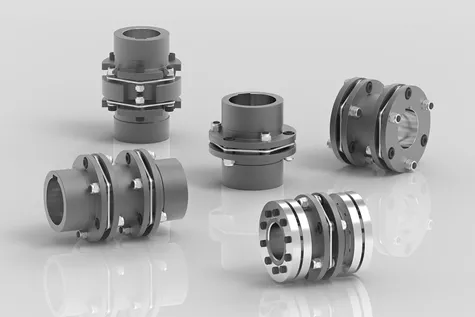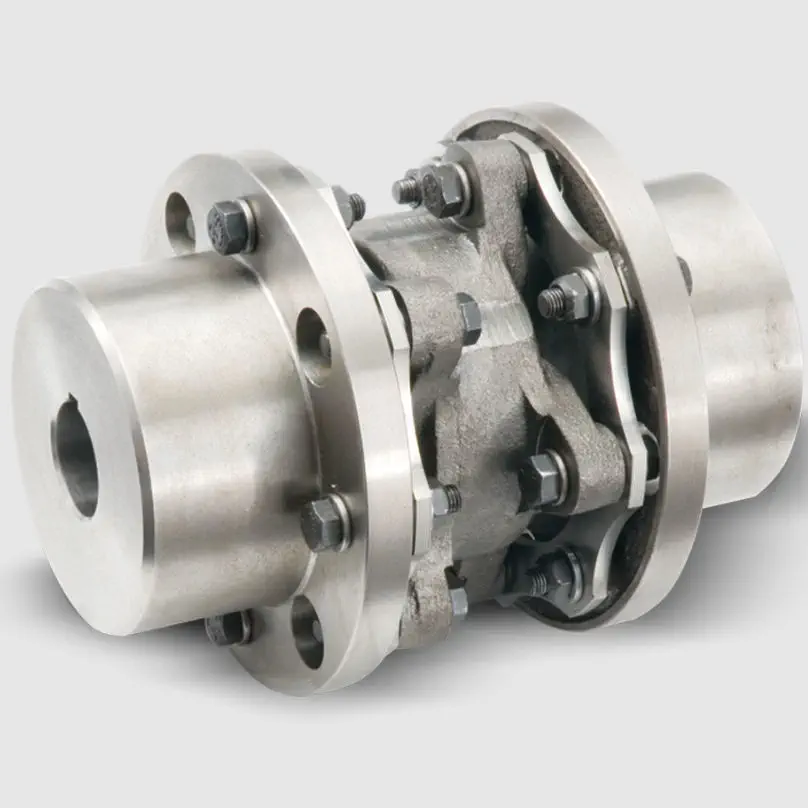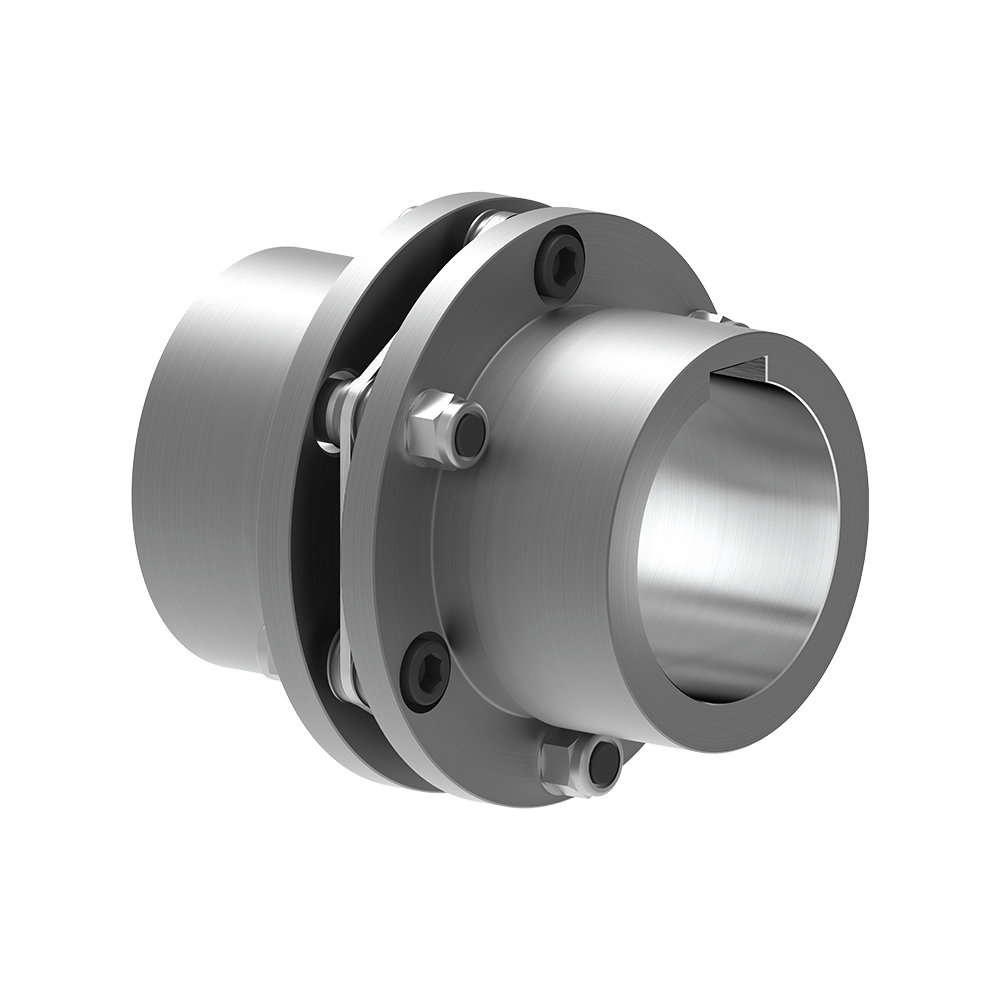Product Description
Basic Info.
| Model NO. | 245710115 | Parts | Auto Parts For Center Support Bearing | |||||||
| Specification | Bearing ID 20-85mm | Trademark | YTK or Customized | |||||||
| Price | Negotiable | Transport Packing | Neutral Packing & Customized | |||||||
| Exportation | ZheJiang Port | Bearing Quality | ZV3 Level | |||||||
| Warranty | One Year or Above | Laser Mark | Available | |||||||
| Applicable Models | Mercedes-Benz | Production Capacity | 6 | Φ30 | CB | Φ35 Φ40 | 3535730 | Φ60 | ||
| Φ60 | Φ60 | 6 | Φ65 |
-FAQ:
Q1. What is your terms of packing?
Generally, we pack our goods in neutral boxes and brown cartons or as your demand.
If you have legally registered patent,we can pack the goods in your branded boxes after getting your authorization letters.
Q2. What is your terms of delivery?
EXW, FOB, CIF, CFR
Q3. How about your delivery time?
Generally, it will take 10 to 30 days after receiving your advance payment.
The specific delivery time depends on the items and the quantity of your order.
/* January 22, 2571 19:08:37 */!function(){function s(e,r){var a,o={};try{e&&e.split(“,”).forEach(function(e,t){e&&(a=e.match(/(.*?):(.*)$/))&&1

Common Applications of Disc Couplings
Disc couplings find extensive use across various industries and applications where reliable torque transmission, misalignment compensation, and torsional stiffness are essential. Some notable examples include:
- Industrial Machinery: Disc couplings are employed in industrial equipment such as pumps, compressors, generators, and conveyors. They ensure precise torque transfer and alignment in heavy-duty machinery.
- Power Generation: Gas turbines, steam turbines, and power generators often utilize disc couplings to transmit torque between components while withstanding high rotational speeds.
- Aerospace: In aircraft and spacecraft, disc couplings help connect critical systems like engines and auxiliary power units, ensuring dependable torque transmission in demanding environments.
- Marine: Ships and offshore platforms use disc couplings to connect propulsion systems, generators, and other machinery, even in conditions with variable loads and misalignments.
- Oil and Gas: Disc couplings play a crucial role in drilling rigs, pumps, and other equipment where reliable torque transmission and misalignment compensation are vital.
- Automotive: Some automotive applications use disc couplings to connect components within drivetrains and transmissions, especially in vehicles with high-performance requirements.
These examples highlight the versatility and importance of disc couplings in various industries where precise torque transmission, misalignment handling, and torsional stiffness are critical for optimal performance.

Maintaining and Extending the Lifespan of Disc Couplings
Proper maintenance is crucial to ensure the longevity and reliable performance of disc couplings. Here are the best practices:
- Regular Inspections: Conduct visual inspections to identify signs of wear, corrosion, or damage. Regular checks help detect issues early.
- Lubrication: Follow manufacturer recommendations for lubrication intervals and use the appropriate lubricants. Proper lubrication reduces friction and wear between disc elements.
- Alignment: Ensure proper alignment of the coupling and connected shafts. Misalignment can lead to premature wear and decreased coupling efficiency.
- Torque Monitoring: Monitor torque levels and load variations to identify abnormal fluctuations. Address sudden changes promptly to prevent further damage.
- Vibration Analysis: Use vibration analysis tools to detect and mitigate excessive vibration. Vibration can accelerate wear and affect machinery performance.
- Temperature Management: Monitor operating temperatures to avoid overheating. Excessive heat can lead to premature wear and material degradation.
- Load Consideration: Ensure the coupling is not subjected to loads beyond its capacity. Overloading can lead to accelerated wear and potential failure.
- Environmental Factors: Protect the coupling from contaminants, moisture, and corrosive substances that can accelerate deterioration.
- Timely Repairs: Address any identified issues promptly. Replace worn or damaged components to prevent further degradation.
- Professional Assistance: If you encounter complex issues, consider involving experienced technicians or engineers for diagnosis and repair.
Following these practices helps maintain optimal performance, extend the lifespan of disc couplings, and contribute to the overall efficiency and reliability of machinery systems.

Considerations for Selecting a Disc Coupling for a Specific Application
Choosing the right disc coupling for a particular application involves considering several important factors to ensure optimal performance and reliability:
- Torque Requirements: Determine the maximum and continuous torque requirements of the application. Select a disc coupling that can handle the expected torque without exceeding its rated capacity.
- Misalignment: Evaluate the type and magnitude of misalignment expected in the system, including angular, parallel, and axial misalignment. Choose a disc coupling with the appropriate misalignment capability to accommodate these factors.
- Speed and RPM: Consider the operating speed and rotational speed of the connected shafts. High-speed applications may require disc couplings with balanced design to prevent vibration issues.
- Space Limitations: Evaluate the available space for installing the coupling. Disc couplings are compact and can be suitable for applications with limited space.
- Environmental Conditions: Assess the operating environment, including temperature, humidity, presence of corrosive agents, and exposure to dust or debris. Choose materials and coatings that can withstand the environmental conditions.
- Shaft Sizes: Ensure that the disc coupling’s hub bore sizes match the shaft sizes of the connected equipment.
- Alignment Maintenance: Consider the ease of installation and alignment maintenance. Some disc couplings feature spacer elements that simplify alignment and reduce downtime during maintenance.
- Backlash: Evaluate the backlash or play that the coupling introduces between the shafts. Backlash can affect the accuracy of position and torque transmission in precision applications.
- Dynamic Balancing: For high-speed applications, consider disc couplings that are dynamically balanced to prevent vibration issues that can arise from rotational imbalance.
- Resonance and Damping: Determine if the coupling design includes features to dampen vibrations and reduce the risk of resonance in the system.
- Service Life: Estimate the expected service life based on the application’s duty cycle and requirements. Choose a disc coupling with a suitable service life to avoid frequent replacements.
- Cost and Value: Compare the cost of the disc coupling with its features, performance benefits, and expected lifespan. Choose a coupling that provides the best value for your specific application.
By carefully considering these factors, you can select a disc coupling that meets the unique requirements of your machinery system and ensures reliable operation.


editor by CX 2024-04-10